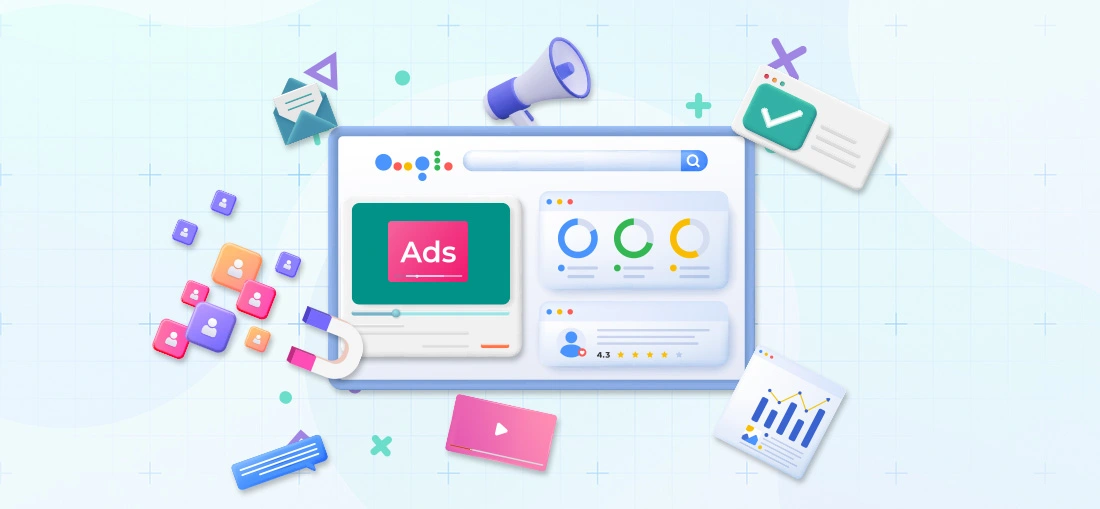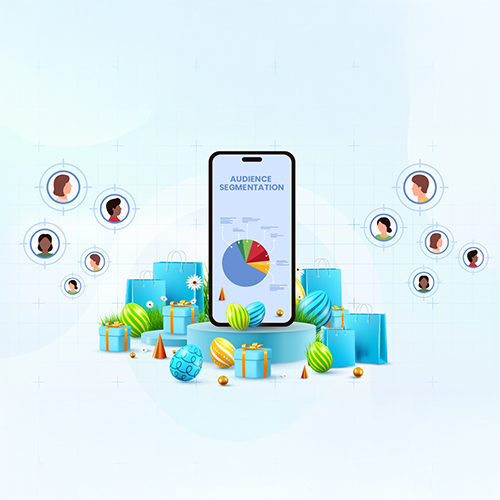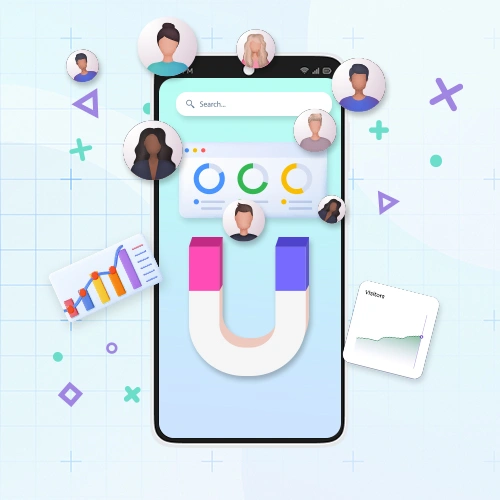“The internet is becoming the town square for the global village of tomorrow,” says Bill Gates and this stands true in the current digital advertising world. Advertising isn’t something new; however, it timely creates a buzz in the market with some of its new variants to reshape the market practices with better brand presence. In today’s tech-savvy world, the mobile app ecosystem has become a battlefield since users spend more time exploring content and offerings on different mobile apps. This is a little challenging for an advertiser to acquire and retain consumers because, in the competitive landscape, different advertisers aim to own the same user base.
But, the story of digital advertising is continuously unfolding in some or other ways and facilitating marketers to save their marketing spends from draining sources and tap into the prospective audience with a possibility of higher conversion.
Have a look at how today’s modern advertising is evolving and revolutionizing the digital ecosystem with more transparency, cost-saving and enhancements.
Self-Serve Platform: As media buyers are calling for more brand safety and hygiene, Self-Serve Platforms can be the biggest move in the AdTech universe that bridges the gap between advertisers and audience. Incorporating the solutions like In-depth Targeting, Audience Insights, Rich Media Elements, Omnichannel Capabilities, Personalized Offerings etc. enables media buyers to manage inventory through a single interface and make the needed adjustments in the campaign as and when required.
Cookieless Advertising: With the diminishing 3P data, first and second-party data are still available that will be GDPR compliant and won’t incorporate cookies. With this advent, brands can define their clear goals with a notion to have quality user acquisition and advertisers can anticipate the users’ needs via ad campaigns that they have been interested in. Thus, the phasing out of cookies has been an acceptable change in modern advertising as the need for privacy-invasive data along with the cost of targeting parameters has been reduced.
Predictive Marketing: This incorporates data science to predict and analyze the strategies that could work the best for the efficient performance of the campaign. Predictive Marketing helps advertisers in understanding the audience and drawing their behavioral patterns to optimize the campaigns. Marketers can identify the opportunities that drive user retention, engagement and monetization towards a brand and bridge the gap left wide by privacy protocols.
Leverage First-Party Data: Leveraging on First-Party Data caters to marketers with predictive modelling and they can advertise their brand in a more personalized way to the targeted niche since data directly originates from the consumers through their interactions with a campaign. Hence, it’s the most relevant and reliable way to identify the audience, analyze their futuristic actions and reach them.
Metaverse: Metaverse is a new universe populated by real people which will surely monetise the tech in the future because users are influenced by its virtual experience that seems absolutely real and effectively participates in different activities such as trying accessories, playing games, socializing & networking etc. Users’ engagement and active participation in virtual space will open a new horizon from the data’s perspective, providing an array of digital advertising opportunities to brands in terms of ad placements and experience, enabling them to acquire a quality audience pool.
Contextual Targeting Powered with AI: It helps marketers in showcasing adverts at engaging touchpoints based on the user’s live content consumption where AI fosters the process by delivering the messages, tailored to their interest. Since advertisers will no longer rely on cookies so Contextual Targeting is projected to reach $376 million by 2027 as users resonate with the broadcasted ads, providing brands with insights to scale their campaign with more personalization (source: IBM).
Performance Marketing: The timeliness, flexibility and transparency in adtech ecosystem have enabled marketers to measure the campaign performance and results at the moment the expected actions happen; that’s why Performance Marketing is booming at pace. Owing to this, marketers can better optimize the campaign by showcasing the innovative and story-telling creatives that help brands reach broader geos and tap into the untapped audience with measurable actions and results.
The digital ad ecosystem is climbing due to online consumerism wherein, the above-mentioned marketing practices are another facet since marketers get a lot of targeting options and can tap into the audience that converts. The said advertising practices incorporating the story-telling content are evolving the digital landscape and for sure, the future of adtech industry wherein, transparency, prevention of marketing budget, real-time results, brand safety and hygiene collectively make a campaign healthy with effective performance and quality results.



